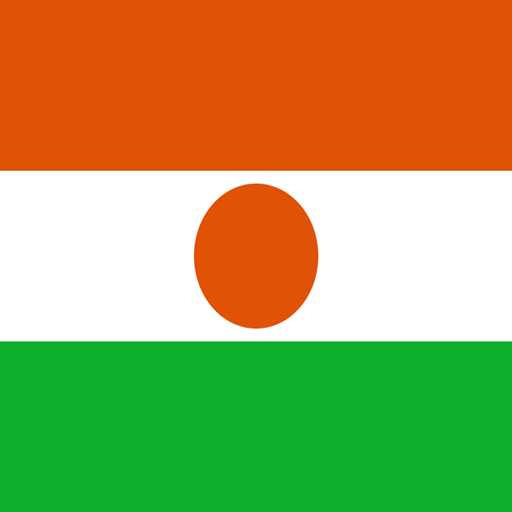

History of Mali
图书与工具书 | History1111
在電腦上使用BlueStacks –受到5億以上的遊戲玩家所信任的Android遊戲平台。
Play History of Mali on PC
The history of the territory of modern Mali may be divided into:
Pre-Imperial Mali, before the 13th century
the history of the eponymous Mali Empire and of the Songhai Empire during the 13th to 16th centuries
The borders of Mali are those of French Sudan, drawn in 1891. They are artificial, and unite part of the larger Sudan region with parts of the Sahara. As a consequence, Mali is a multiethnic country, with a majority of its population consisting of Mandé peoples.
Mali's history is dominated by its role in trans-Saharan trade, connecting West Africa and the Maghreb. The Malian city Timbuktu is exemplary of this - situated on the southern fringe of the Sahara and close to the River Niger it has played an important role in the trans-Saharan trade from the 13th century, with the establishment of the Mali Empire.
The Mali Empire became Islamic in the early 14th century, under Musa I of Mali. From that time until the 19th century, Timbuktu remained important as an outpost at the southwestern fringe of the Muslim world and a hub of the Arab slave trade.
Mandinka from c. 1230 to c. 1600. The empire was founded by Sundiata Keita and became known for the wealth of its rulers, especially Mansa Musa I. The Mali Empire had many profound cultural influences on West Africa, allowing the spread of its language, laws and customs along the Niger River. It extended over a large area and consisted of numerous vassal kingdoms and provinces.
The Mali Empire began to weaken in the 15th century, but it remained dominant for much of the 15th. It survived into the 16th century, but by then had lost much of its former strength and importance.
Pre-Imperial Mali, before the 13th century
the history of the eponymous Mali Empire and of the Songhai Empire during the 13th to 16th centuries
The borders of Mali are those of French Sudan, drawn in 1891. They are artificial, and unite part of the larger Sudan region with parts of the Sahara. As a consequence, Mali is a multiethnic country, with a majority of its population consisting of Mandé peoples.
Mali's history is dominated by its role in trans-Saharan trade, connecting West Africa and the Maghreb. The Malian city Timbuktu is exemplary of this - situated on the southern fringe of the Sahara and close to the River Niger it has played an important role in the trans-Saharan trade from the 13th century, with the establishment of the Mali Empire.
The Mali Empire became Islamic in the early 14th century, under Musa I of Mali. From that time until the 19th century, Timbuktu remained important as an outpost at the southwestern fringe of the Muslim world and a hub of the Arab slave trade.
Mandinka from c. 1230 to c. 1600. The empire was founded by Sundiata Keita and became known for the wealth of its rulers, especially Mansa Musa I. The Mali Empire had many profound cultural influences on West Africa, allowing the spread of its language, laws and customs along the Niger River. It extended over a large area and consisted of numerous vassal kingdoms and provinces.
The Mali Empire began to weaken in the 15th century, but it remained dominant for much of the 15th. It survived into the 16th century, but by then had lost much of its former strength and importance.
在電腦上遊玩History of Mali . 輕易上手.
-
在您的電腦上下載並安裝BlueStacks
-
完成Google登入後即可訪問Play商店,或等你需要訪問Play商店十再登入
-
在右上角的搜索欄中尋找 History of Mali
-
點擊以從搜索結果中安裝 History of Mali
-
完成Google登入(如果您跳過了步驟2),以安裝 History of Mali
-
在首頁畫面中點擊 History of Mali 圖標來啟動遊戲




